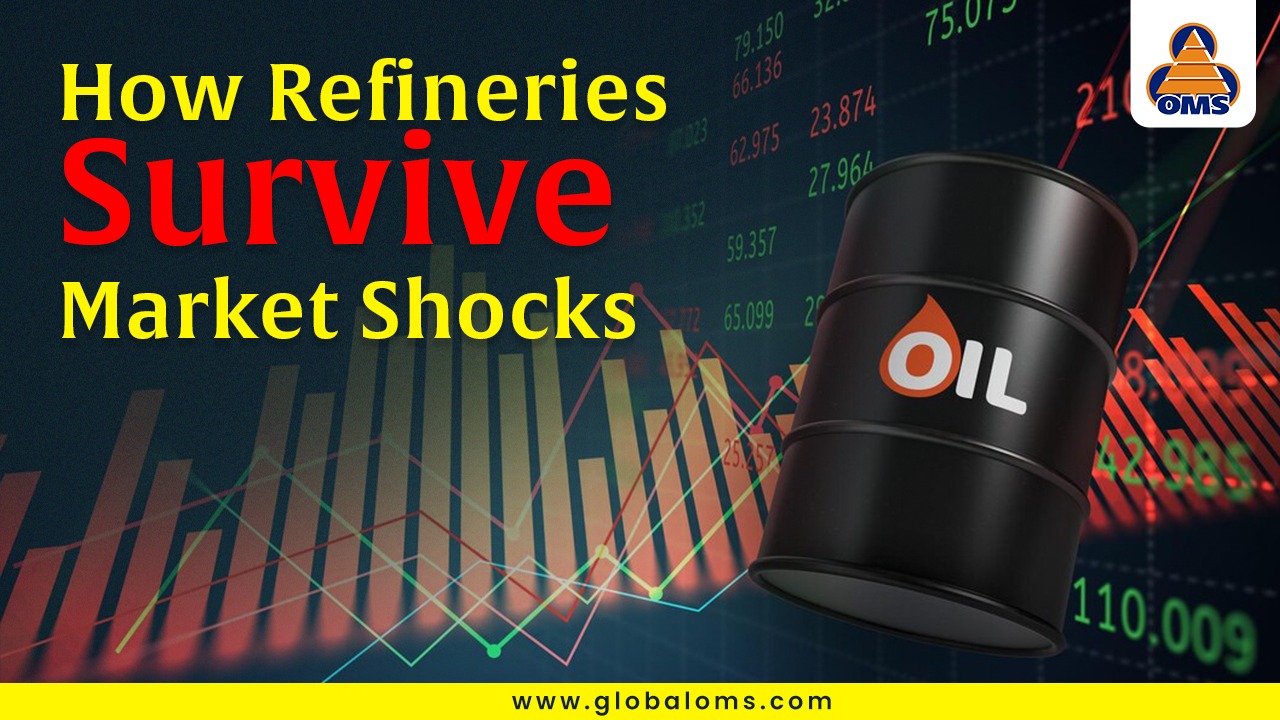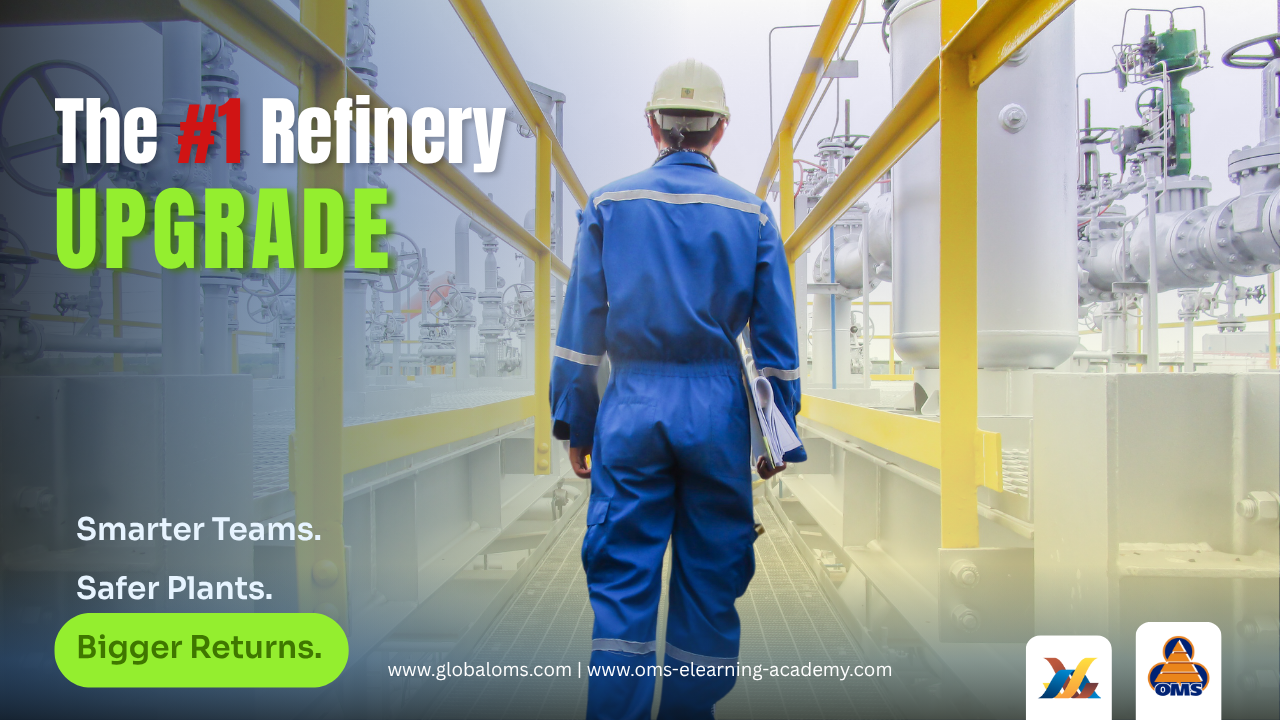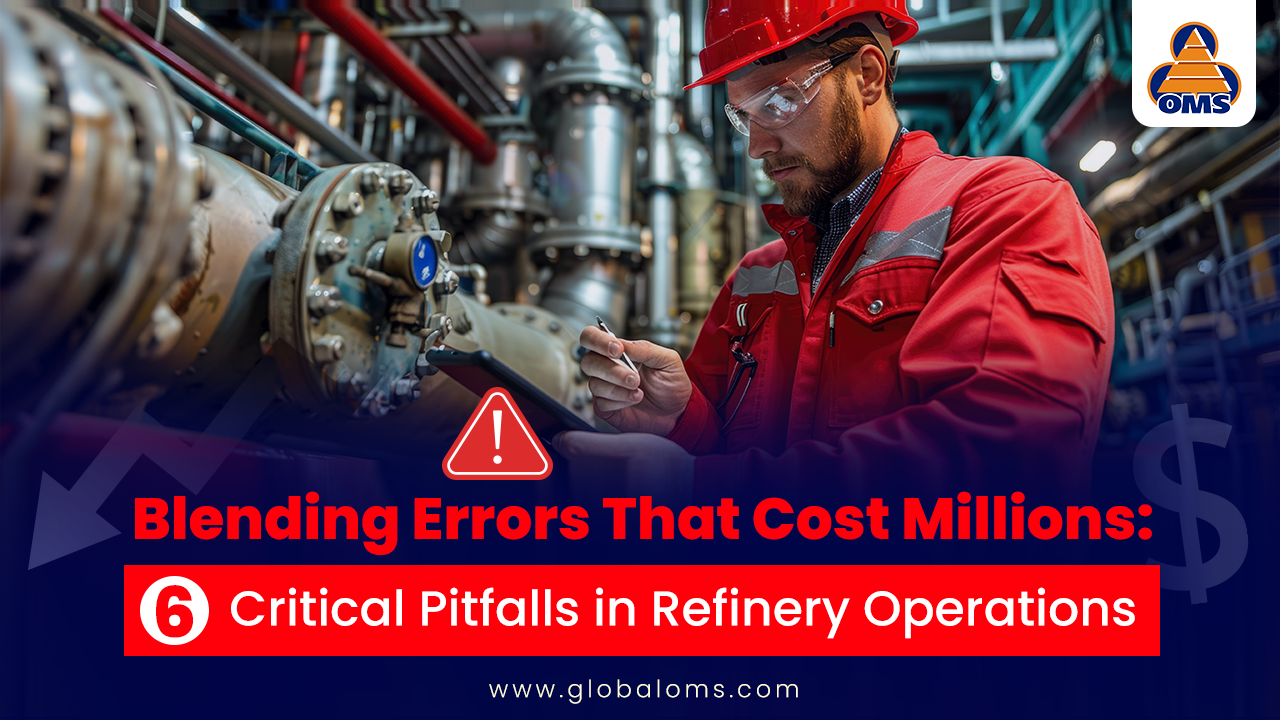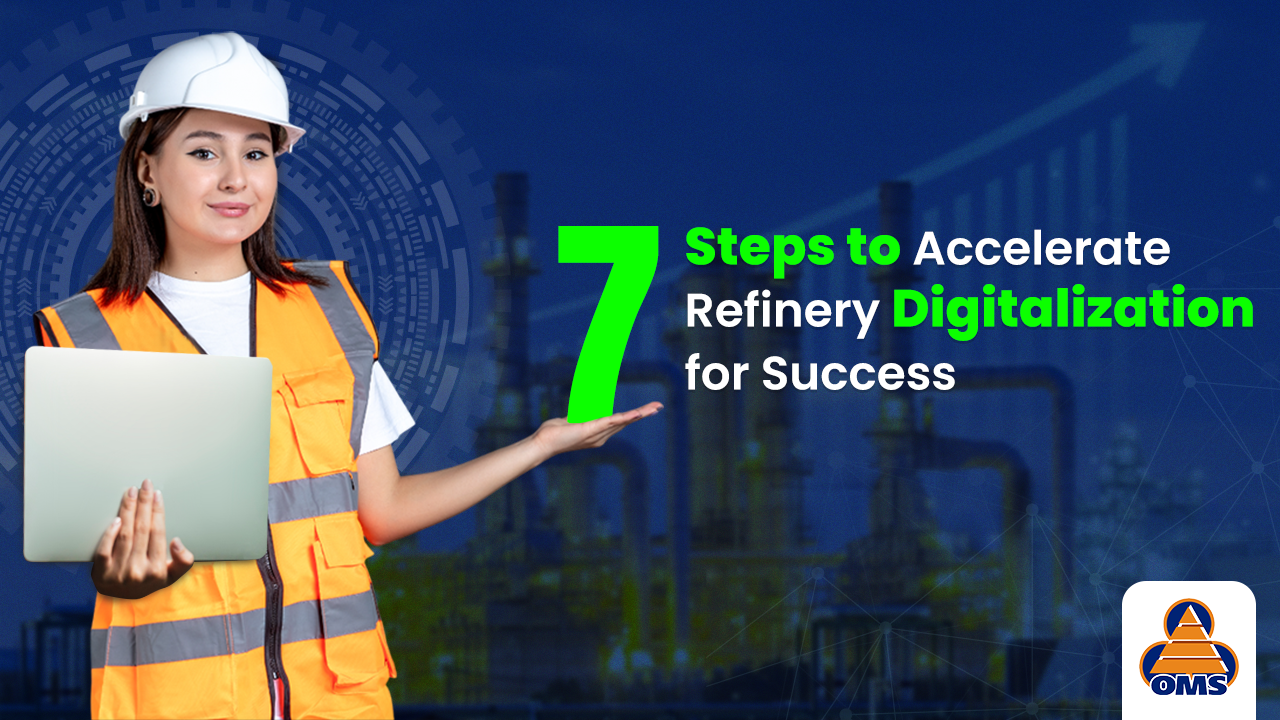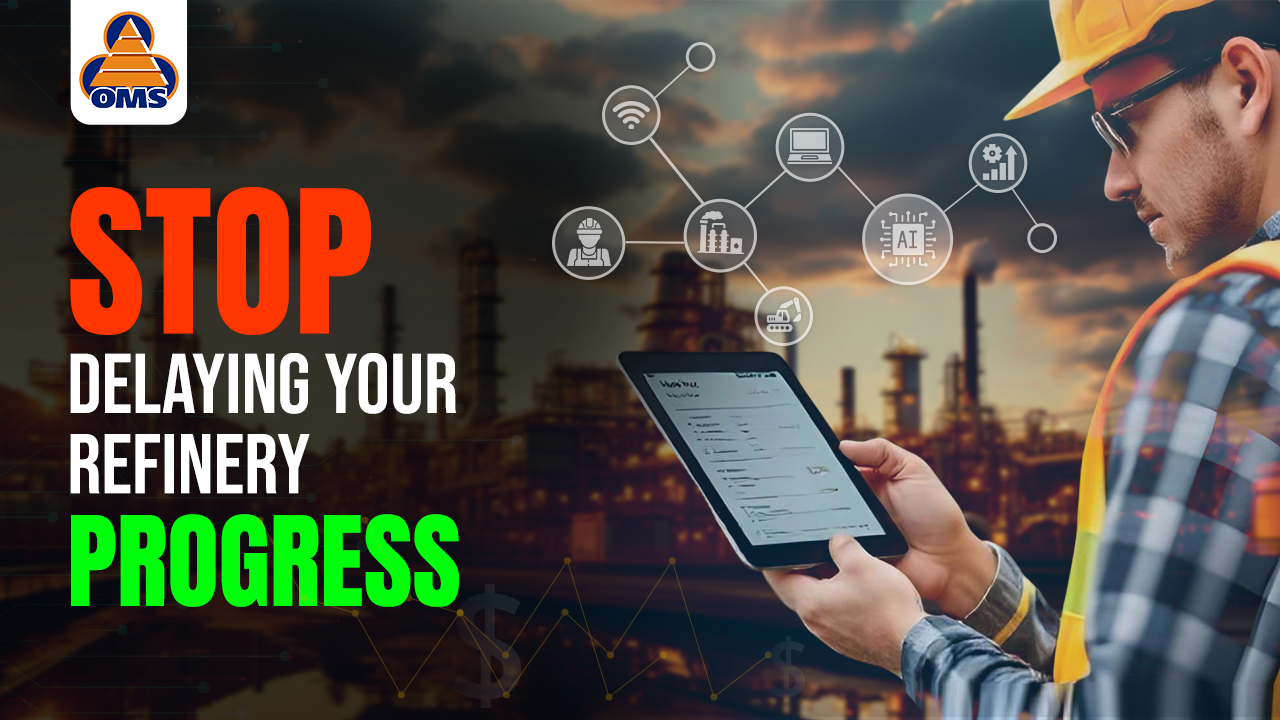Clean Energy: A New Revolution or Old Ideas in Green Packaging
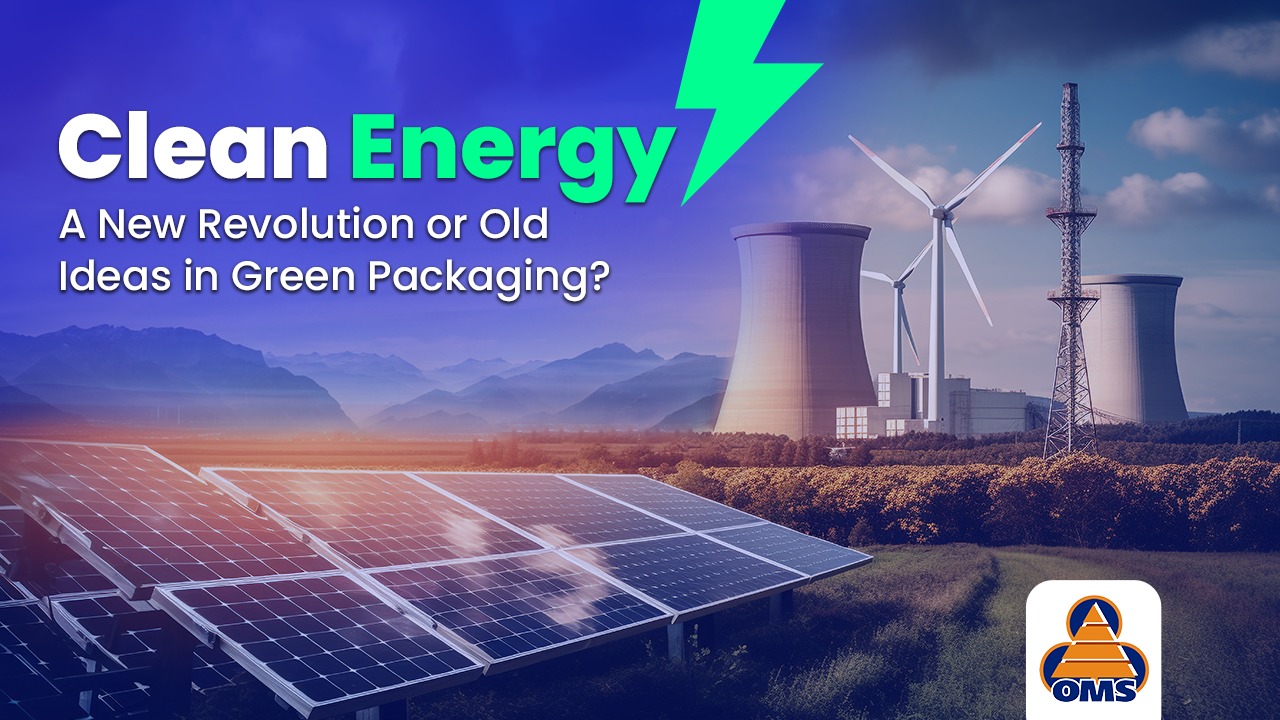
Table of Contents
Can clean energy truly power the industry without compromise? This article breaks down the evolving landscape of the clean energy revolution, clarifying the differences between clean, renewable, and low-carbon sources. You’ll discover how innovations like green hydrogen, conductive firebricks, and intelligent electrification are reshaping industrial operations. Plus, see how OMS is helping refineries and manufacturers decarbonize while staying competitive.
“The future is green energy, sustainability, renewable energy.” – Arnold Schwarzenegger”
Defining Clean vs. Renewable vs. Low-Carbon
Let’s clear up some of the confusion. While clean, renewable, and low-carbon terms are often used interchangeably, they refer to different technical characteristics.
- Renewable energy refers to sources replenished naturally on a human timescale, such as solar, wind, hydroelectric, geothermal, and tidal power. These sources are generally both sustainable and environmentally benign.
- Clean energy, however, focuses more on environmental impact, especially regarding greenhouse gas emissions and air pollutants. While most renewable sources are also clean, the term can include non-renewables like nuclear power with low operational emissions.
- Low-carbon energy is defined by its carbon intensity—how much CO₂ is emitted per unit of energy produced. This category includes renewables and nuclear power, but not all sources are renewable or clean in every respect.
Take nuclear energy, for instance. Technically, it’s low-carbon, emitting near-zero CO₂ during electricity generation. But it’s not renewable, since it relies on finite uranium isotopes and involves long-term radioactive waste considerations.
Now, hydrogen is a particularly nuanced case. It’s often promoted as a clean fuel, but its carbon footprint depends entirely on the feedstock and production pathway:
- Green hydrogen is produced via electrolysis powered by renewables, making it virtually emission-free.
- Blue hydrogen uses steam methane reforming (SMR) with carbon capture and storage (CCS), reducing but not eliminating emissions.
- Gray hydrogen, the most common type today, is also produced via SMR—but without CCS, making it carbon-intensive.
So, simply calling something “clean” doesn’t cut it. We need to consider its source, lifecycle emissions, and operational feasibility. These distinctions matter, especially in industrial environments where emissions targets, system compatibility, and return on investment must be balanced carefully.
How OMS Helps Clarify Operational Implications
That’s precisely where OMS adds value.
We work with clients to interpret and apply these technical distinctions meaningfully for their operations. For example, when an energy source is marketed as “clean,” OMS ensures it’s evaluated not just on paper, but in terms of:
- Net emissions reduction based on complete lifecycle analysis
- Cost-performance trade-offs over time
- Compatibility with existing control systems, blending units, and data infrastructure
Using our model-driven simulation tools, FPBM analyzers, and AI-enhanced optimization engines, we help refineries and energy facilities determine whether proposed technologies or fuel shifts genuinely support corporate sustainability goals and economic performance.
It’s not just about meeting regulatory thresholds; it’s about achieving measurable decarbonization progress without compromising efficiency, safety, or long-term scalability. With OMS, you’re not just checking boxes—you’re building an operationally sound and future-ready energy strategy.
Energy Sources on the Clean Spectrum
A well-rounded energy strategy requires a clear understanding of the strengths and limitations of different power sources. Renewable energy options like solar, wind, hydro, and geothermal stand out for their sustainability and minimal environmental impact. They help reduce carbon emissions, offer long-term reliability, and are key players in global decarbonization efforts. However, they also come with operational challenges such as intermittent availability, regional feasibility, and higher upfront costs. Meanwhile, nuclear energy provides consistent, low-emission output but brings concerns around safety and radioactive waste.
OMS and Hybrid Integration Strategies
By facilitating hybrid integration strategies, OMS supports refineries and heavy industries in navigating the shift toward cleaner energy. This means combining conventional systems with renewable inputs, like green hydrogen or renewable steam, without disrupting operations. Using advanced simulations, model-based decision tools, and real-time automation, OMS ensures that any alternative energy integration maintains thermal stability, throughput, and economic viability. Whether retrofitting systems or co-processing renewable fuels, OMS delivers strategies that make sustainability achievable and cost-effective.
The Case for a New Industrial Revolution
We’re witnessing more than just a tech upgrade—a fundamental transformation of industrial and energy businesses’ operations. Clean technologies aren’t only about reducing emissions; they’re actively reshaping business models, creating new markets, and accelerating a data-rich, decentralized energy ecosystem.
Here’s what that means in practice:
- Hydrogen production and trading are emerging as a cornerstone of the clean industrial economy. Countries and companies are racing to scale green and blue hydrogen infrastructure, with regional hubs, trading platforms, and certification standards beginning to form.
- Carbon credits and emissions markets are evolving into strategic financial assets. Companies that decarbonize operations can monetize avoided emissions, creating new revenue streams and influencing investment decisions.
- Digitalization and decentralization are enabling more agile and efficient operations. Real-time data from smart sensors, predictive analytics, and AI-driven energy management systems replace centralized, reactive decision-making with localized, optimized, and automated control.
These shifts are not theoretical—they’re becoming practical imperatives. Industrial firms are responding not only to regulatory pressures and ESG goals but also to clear economic incentives. Governments offer subsidies, tax credits, and procurement preferences to low-emission producers. Investors favor companies with transparent climate strategies and resilient, forward-looking business models.
That’s where OMS comes in—as more than just a technology provider. As a strategic partner, we confidently help refiners and industrial clients navigate these disruptive changes.
OMS helps clients:
- Adapt to low-carbon value chains by optimizing fuel blending, emissions accounting, and product life cycle impact.
- Capture emerging market opportunities, such as leveraging low-carbon certifications or qualifying for clean hydrogen offtake agreements.
- Deploy robust digital infrastructure to support real-time data capture, system-wide optimization, and compliance with emissions tracking regulations.
Our hybrid approach, combining model-based simulation, AI/ML optimization, and deep domain expertise, ensures that clients don’t just adopt new technologies but fully integrate them into operational and financial strategy.
In a fast-moving innovation landscape, OMS enables clients to lead in the clean industrial revolution, not just react.
Innovation in Materials, Storage, and Efficiency
Some of the most groundbreaking solutions in the clean energy transition involve rethinking old technologies in new ways, and conductive firebricks are a prime example.
Initially used since the Bronze Age to store and radiate heat in kilns and furnaces, firebricks are now being reinvented as part of a next-generation solution for industrial energy storage. Instead of relying on fossil fuels to heat them, companies like Electrified Thermal Solutions have developed electrically conductive firebricks that store energy in high-temperature heat.
Here’s how it works:
- These bricks are doped with chromia and nickel oxide, allowing them to conduct electricity.
- When powered by the grid (especially renewable sources), they can be heated to as high as 3,270°F (1,800°C), enough to support high-heat industrial processes such as steelmaking or glass production.
- Rather than storing energy chemically (as batteries do), they store it thermally, offering a more cost-effective and durable option for intermittent renewable energy storage.
This shift could save industries billions. According to Stanford professor Mark Jacobson, using firebrick-based systems in a global renewable energy transition could save over $1.2 trillion by 2050, primarily because these systems are roughly one-tenth the cost of batteries.
What makes this particularly promising is its minimal process disruption. Many industries already use firebricks; now, they can electrify those same processes with limited retrofitting, making this an ideal transitional technology.
That said, deployment will take time. Early adopters may still rely on hybrid systems, combining grid electricity with backup natural gas. But as renewable energy capacity increases, this approach offers a realistic, scalable pathway to deep decarbonization.
OMS Tech-Ready Workforce Programs
To support the adoption of innovations like conductive firebricks and other electrified heat technologies, OMS offers specialized training programs that prepare engineering teams to operate and optimize hybrid, data-rich systems.
Here’s how OMS makes the transition seamless:
- Upskilling legacy teams with training on thermal energy storage, grid-responsive operations, and electrified process integration.
- Simulations and virtual labs that mirror emerging technologies, allowing engineers to test scenarios in safe, controlled environments.
- Certification pathways align with decarbonization and digital transformation goals, empowering plant managers and operators to lead technology upgrades confidently.
- Curricula tailored to evolving standards, including electrification of high-heat applications, process automation, and emissions tracking systems.
By bridging the gap between traditional combustion-based systems and next-gen technologies, OMS ensures that the workforce isn’t left behind—it’s ready to lead.
Or Is It Old Wine in a Green Bottle?
Greenwashing and Energy Hype Cycles
Greenwashing seriously threatens meaningful sustainability efforts by distorting reality and misleading environmentally conscious consumers. When companies exaggerate or fabricate their eco-friendly claims—whether through vague labels, misleading advertising, or selective disclosure—they erode public trust and divert attention from brands truly committed to sustainable practices. The recent surge in high-profile greenwashing cases across sectors like fashion, energy, aviation, and finance underscores the urgent need for transparency, accountability, and third-party verification in green marketing. These examples serve as critical reminders that sustainability is not just a branding exercise—it must be grounded in measurable, honest, and verifiable actions.
OMS supports organizations in cutting through the noise of greenwashing by conducting rigorous, data-backed sustainability evaluations. We help clients ensure their environmental claims stand up to scrutiny and drive real impact, not just public perception.
Here’s how OMS helps:
- Lifecycle Emissions Analysis – Assessing actual environmental footprint across supply chains
- Verification of Green Claims – Auditing sustainability metrics against actual performance
- Regulatory Alignment – Ensuring compliance with ESG disclosures and green marketing standards
- Risk Reduction – Avoiding reputational damage and legal exposure from misleading claims
- Credibility Building – Supporting authentic brand positioning in low-carbon markets
With OMS as a strategic partner, businesses can confidently lead with honest sustainability that earns trust and delivers value.
Equity, Infrastructure, and the Global Divide
Equitable access to clean energy remains a critical barrier in the global energy transition, particularly for developing nations. Currently, 775 million people lack access, and 2.3 billion rely on traditional cooking methods, disproportionately affecting Sub-Saharan Africa.
Despite increasing global investments, over 90% of clean energy investment growth since 2021 has been concentrated in advanced economies and China, leaving emerging markets behind. Transitioning to cleaner energy also introduces costs, job displacement, affordability concerns, and infrastructure burdens, which risk marginalizing vulnerable communities.
OMS Supports Equitable, Modular Transitions
OMS works closely with clients in emerging markets to develop modular, adaptive solutions that support decarbonization while addressing local realities, such as limited capital, infrastructure gaps, and community concerns.
By integrating data-driven tools, localized engagement, and flexible technology models, OMS helps ensure that clean energy projects are inclusive, financially viable, and socially accepted. This approach enables clients to meet emissions goals and build long-term trust and resilience in underserved communities.
Clean Energy’s Role in the Downstream Equation
Decarbonizing Without Disruption
Refineries don’t need to sacrifice productivity to meet emissions targets. As Boston Consulting Group’s report “Readying Refineries for a Low-Carbon Future” highlighted, leading operators are cutting carbon through cleaner fuels, efficiency upgrades, and alternative product pathways without major operational overhauls.
What does that look like in action?
- Transitioning to green hydrogen, renewable electricity, and biofuels as energy inputs
- Using digital twins, process controls, and energy audits to reduce energy intensity
- Shifting production toward renewable diesel and sustainable aviation fuel (SAF)
- Rolling out changes incrementally, starting with low-hanging fruit like heat recovery or hydrogen blending
The focus is on strategic sequencing, making practical, cost-effective moves that deliver impact without disrupting day-to-day operations.
OMS’s Low-Carbon Refining Toolkit
That’s precisely where OMS steps in, with the tools and strategies to make low-carbon refining work in the real world.
- Simulation platforms to evaluate changes before implementation
- First-principles-based modeling to uncover inefficiencies in blending and utilities
- Seamless integration with DCS, LIMS, and emissions tracking systems
- Custom roadmaps and KPI benchmarking that align emissions goals with production and cost targets
Refineries can transition toward sustainability with OMS without compromising performance, uptime, or profitability.
Matching Clean Inputs to Process Constraints
Integrating clean energy into refineries requires more than fuel replacement—it demands alignment with existing thermal loads, pressure systems, and product quality requirements. For example, electrified heat must deliver the intensity needed for distillation and cracking, while hydrogen must match combustion and pressure specifications. Misalignment can lead to inefficiencies or safety risks. WRI’s Technological Pathways for Decarbonizing Petroleum Refining notes that careful system modeling and tailored retrofits are essential. The goal is to decarbonize without compromising performance, ensuring new energy sources work seamlessly within established refinery frameworks.
OMS Process Compatibility Modeling
OMS uses innovative simulation tools to help refineries integrate renewable energy, like clean hydrogen or electrified heat, into their existing operations. By modeling things like thermal loads, pressure systems, and process flow, OMS ensures everything stays compatible. The result? A smoother transition with fewer disruptions, allowing refineries to cut emissions while keeping performance, safety, and product quality right where they need to be.
Conclusion – Clean Energy Isn’t the Goal. Smart Energy Is.
The clean energy transition isn’t just about replacing fossil fuels with new technologies; it’s about rethinking energy usage. Actual progress lies in building innovative, efficient, and resilient energy systems that reduce emissions and improve performance, adaptability, and long-term value. Clean energy without a strategy can lead to inefficiencies, downtime, and missed opportunities. The real goal is smart energy: intelligent, data-driven, and optimized systems for sustainability and business outcomes. This requires a shift in mindset, from technology-first to systems-first thinking.
OMS helps clients make that shift. It is a strategic partner in the energy transition by connecting innovative energy technologies with real-world operations. From simulation and modeling to system integration and roadmap planning, OMS ensures that sustainability isn’t just a checkbox but a competitive advantage. With OMS, intelligent energy becomes both achievable and profitable.



